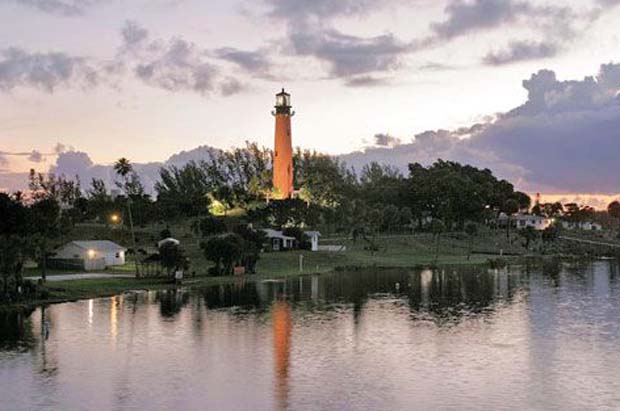With fall fishing in full swing and hunting seasons underway, business owners advocate for management tools that conserve public lands backcountry hunting and fishing
[dropcap]M[/dropcap]ore than 200 sportsmen-dependent businesses from across the country are urging the U.S. Department of the Interior and Bureau of Land Management to sustain their economic resiliency and hunting and fishing opportunities on federally managed lands by conserving areas of high-value backcountry.
“America’s $646 billion per year outdoor recreation-based economy is one of the nation’s most stable sources of economic growth,” stated a letter from the 212 business owners, who include retailers, manufacturers and service providers. “Conscientious backcountry management can maintain strong economic engines in rural communities and sustain stable jobs associated with hunting, fishing and other outdoor recreation.”
The sportsman-focused economic message comes at the start of the fall big game hunting season and during the BLM’s revision of its national approach to land use planning. Called “Planning 2.0,” the recently initiated revision process will update and refine the BLM’s land use planning handbook as the agency considers how it will manage public lands for the next two to three decades.
Citing the special importance of backcountry BLM public lands hunting and fishing, business profitability and high quality habitats, the business owners reinforced the need to conserve these valuable areas.

On May 8, 2008, Public Law 110-229 designated south Florida’s Jupiter Inlet Lighthouse Outstanding Natural Area (ONA) as part of the Bureau of Land Management’s National Landscape Conservation System (NLCS). Of the nearly 900 units currently within the NLCS, this ONA is the first unit east of the Mississippi River.
The Jupiter Inlet Lighthouse. (Jim Johnston, courtesy Laxahatchee River Historical Society).
“Public lands are what our customers think of when they think Western hunting, and our customers need quality places to hunt and fish on public lands,” said Ryan Callaghan, marketing manager with First Lite, a performance hunting clothing manufacturer based in Ketchum, Idaho. “Backcountry public lands are a foundation of Western hunting, and the BLM should manage these areas to conserve their primitive values and the high-quality sporting opportunities they provide. Doing so not only would protect our sporting heritage; it also would directly benefit our bottom line.”
BLM resource management plans, or RMPs, form the basis of every action and approved use of public lands overseen by the agency, determining if and how specific high-quality habitats and intact backcountry lands will be conserved. The Planning 2.0 process, scheduled for completion in 2016, will decide how resources such as backcountry hunting and fishing areas will be managed through RMPs over the long term.
“I’ve been guiding on public lands and waters across Oregon for 14 years,” said Marty Sheppard, owner of Little Creek Outfitters in Oregon. “The scenery and experiences provided by backcountry lands such as the breaks of the John Day River keep our clients returning year after year. The BLM should seize the opportunity provided by Planning 2.0 and develop a planning tool to manage and conserve backcountry hunting and fishing areas.”
“With archery season underway on the Western Slope of Colorado, my business is busy with customers who are eager to explore America’s public lands,” said Gabe Lucero, owner of Red Rock Archery in Grand Junction, Colorado. “Tracts of undeveloped backcountry provide great wildlife habitat and outstanding public hunting areas. Business owners like me are uniting to urge the BLM to support our nation’s outdoor economy by conserving these high-value backcountry lands and habitats.”
Learn more about Planning 2.0, including information about upcoming public listening sessions scheduled for Denver and Sacramento . . .
About Theodore Roosevelt Conservation Partnership:
Inspired by the legacy of Theodore Roosevelt, the TRCP is a coalition of organizations and grassroots partners working together to preserve the traditions of hunting and fishing.
[information]
Contact: Katie McKalip, 406-240-9262, kmckalip@trcp.org
TRCP website . . .
[/information]


